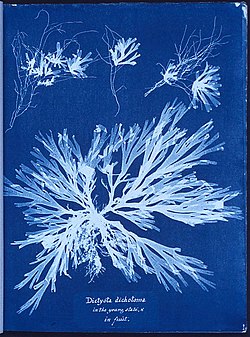
This is a timeline of women in photography tracing the major contributions women have made to both the development of photography and the outstanding photographs they have created over the 19th, 20th and 21st centuries.
Contents
- Early 19th-century pioneers
- 1839
- 1842
- 1843
- 1844
- 1845
- 1847
- 1848
- 1849
- Later 19th century
- 1850
- 1852
- 1853
- 1854
- 1855
- 1856
- 1857
- 1863
- 1864
- 1867
- 1869
- 1871
- 1876
- 1880s
- 1881
- 1888
- 1890
- 1891
- 1894
- 1895
- 1896
- 1899
- Early 20th century
- 1900
- 1901
- 1903
- 1904
- 1906
- 1907
- 1909
- 1913
- 1915
- 1916
- 1917
- 1920s
- 1925
- 1928
- 1932
- 1936
- 1939
- 1940s
- 1941
- 1945
- Late 20th century
- 1950
- 1954
- 1962
- 1967
- 1972
- 1973
- 1974
- 1976
- 1978
- 1979
- 1980
- 1991
- 21st century
- 2005
- 2010
- See also
- References











